Czechia is a country in eastern Europe, formerly known as the Czech Republic.
Czechia is a landlocked country with no coastline.
The land is hilly in the east but has rolling plains and plateaus in the west.
The geographical coordinates for the centre of Czechia, also known as lines of latitude and longitude, are:-
Latitude - 49 45N
Longitude - 15 30E
The capital of Czechia is Prague.
Czechia is a parliamentary republic with a president as head of state and a prime minister as head of the government.
In elections everyone over the age of 18 can vote.
The currency in Czechia is the koruna. Czechia is a member of the European Union, having joined in 2004.
Czech is the official language.
Check the weather in Prague now.
This is the time in Prague now








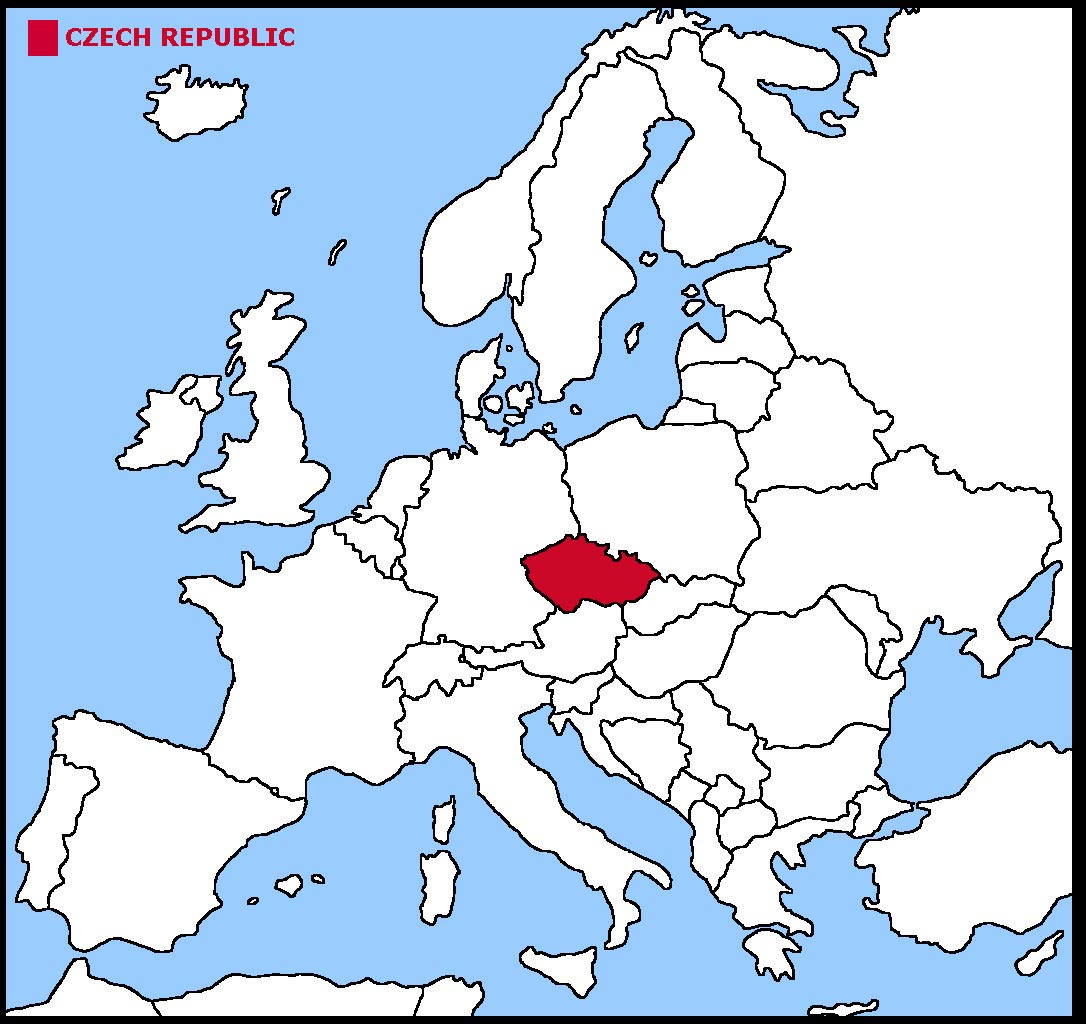

 The Czech flag is 2 equal horizontal stripes of
white and red with a blue isoscoles triangle based on the flag pole side.
The Czech flag is 2 equal horizontal stripes of
white and red with a blue isoscoles triangle based on the flag pole side.


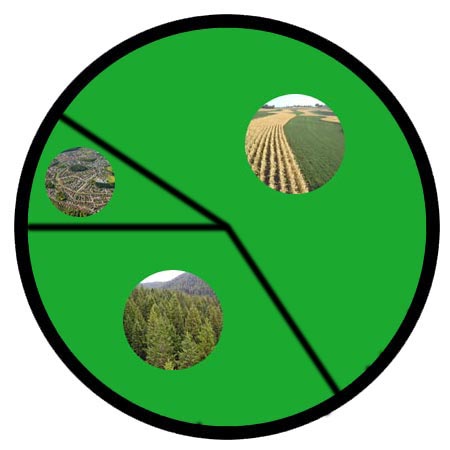

 Each little Owlbut is 1 person and
the big yellow rectangle is 1 sq km. After a while you can compare countries and see which ones are the most crowded. Remember it is only an average as
more people live closer together in towns and cities than in villages out in the country.
Each little Owlbut is 1 person and
the big yellow rectangle is 1 sq km. After a while you can compare countries and see which ones are the most crowded. Remember it is only an average as
more people live closer together in towns and cities than in villages out in the country.
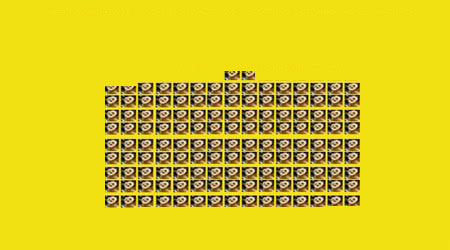

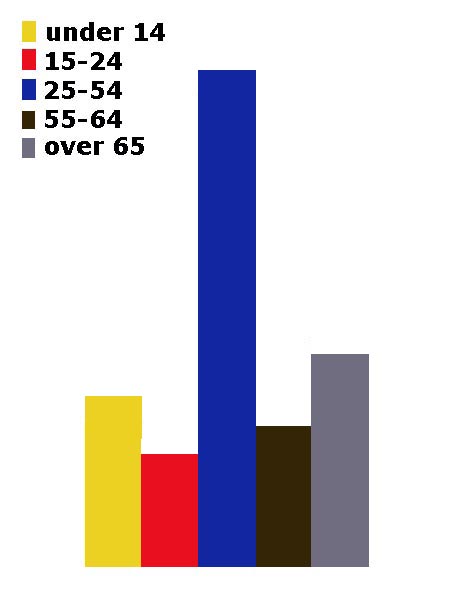
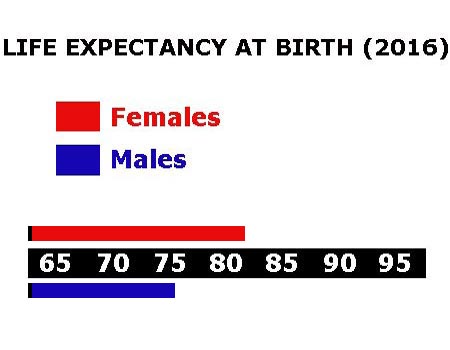

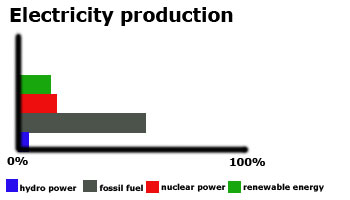

 They work in the following sectors.
They work in the following sectors.



